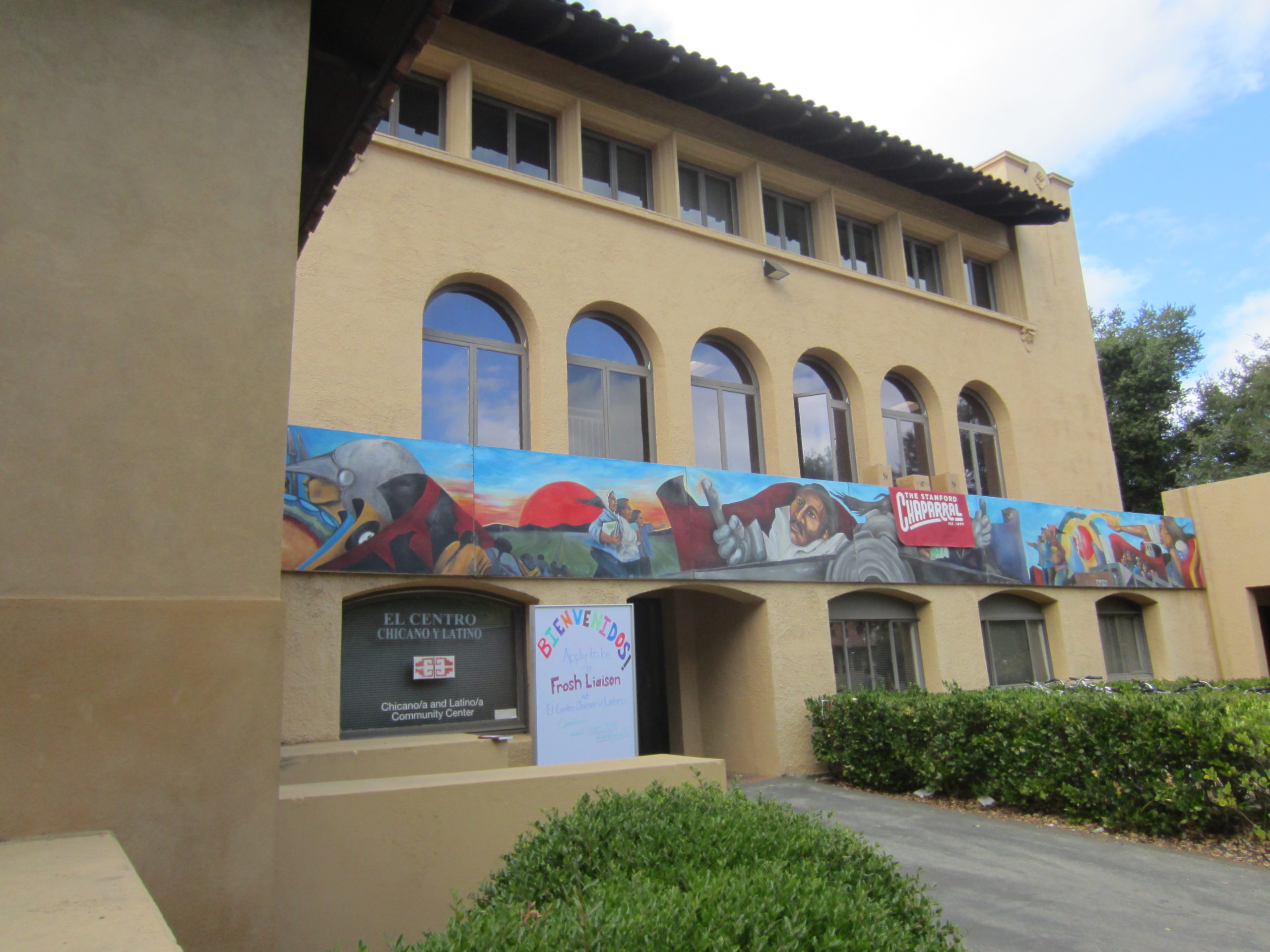As part of Latinx Heritage Month, I sought to learn more about the history of Latinx students at Stanford. After combing through The Daily’s archives for a while, I began looking for interviews of past students and stumbled across a hidden treasure. I enjoyed this video created by Jesus Beltran ’00, titled “History of Latinos at Estánfor.” The video was first shown at the inaugural Stanford Latino Alumni Summit at Stanford University, an event which I coincidentally had volunteered at.
Upon watching the video and reflecting, I appreciated the advocacy work of previous students and re-examined my role in the living history that surely is being made today. In learning about the history of Latinxs at Stanford, I realized how little of it is generally known to the rest of the Stanford population. As most students come in and graduate within four years, there’s always a loss of institutional knowledge — especially when it comes to Stanford history — but that shouldn’t detract from the amount of work and effort put in by past students.
In particular, I want to highlight and reflect on the past work of Latinx students who advocated for more equitable admission practices at Stanford. Combined with efforts of other organizations like the Black Student Union, minority enrollment increased around the 1970s. Learning that these efforts began first as part of informal conversations, later transforming to more formal surveys, reminded me of the power of personal interactions and simply speaking to a friend. It also highlighted the power of organizing on campus and, in particular, taking matters into your own hands when institutions are not very responsive.
Reading about how students traveled to high schools themselves to recruit a new and more diverse class made me look to how Stanford is doing this today, but also to how we can continue to build on this progress. As current students informally recruit and reach out to high-achieving, low-income high school students to apply to colleges, I am aware that we continue to build upon that legacy.
One of the quotes that stuck out most to me from the video actually came from one of my current instructors, Yvonne Maldonado M.D. ’81:
“I first came to Stanford officially as a medical student in 1977. I know exactly how many Chicano Latino students. There were nine of us out of a class of eighty-six. One of the things that we felt to a certain extent was that somehow we were not as good as the other students and had been admitted because we were a minority group. I don’t know that that was an overt feeling from our colleagues, but we always felt that there was a little bit of an undertone, so we worked really hard to be the best and really showcase ourselves and make sure that people knew that we were just as smart, and we were just as capable and entitled to be at the school. And I think by and large most people did accept that.”
This quote reminded me that increasing Latinx representation at Stanford should focus not only on recruitment but also on retention and support. Imposter syndrome and duck syndrome are not faults of an individual, but symptoms of systemic issues that impede the success of Latinx students.
In the video, I also learned that prior to Casa Zapata, in 1974, Roble Hall was the first Latinx-themed house. It made me reflect on how Casa Zapata is also a result of student activism and realize just how important and critical these spaces have been to my personal growth. As a “fourth floor” resident of Zapata, I know that the next time I walk down those halls and see Gatito, I won’t take it for granted. I’ll take a moment — even if it’s for a short minute — to simply thank everyone who’s come before me.
Contact Richard Coca at richcoca ‘at’ stanford.edu to continue the conversation, share your thoughts, or simply to say hello.
